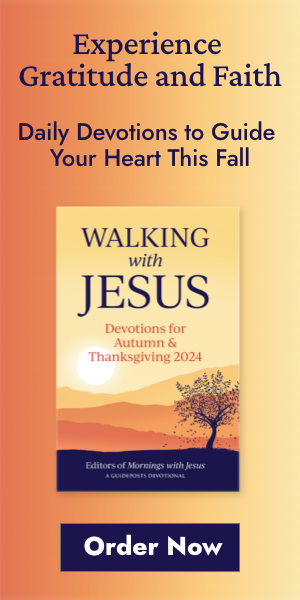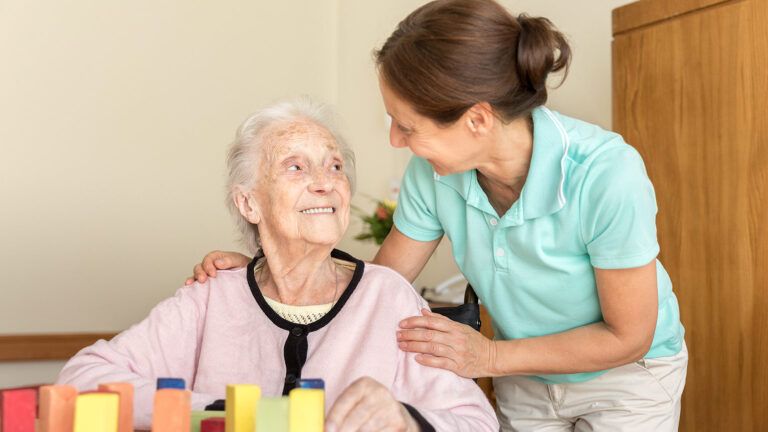Content provided by Philips Lifeline.
Regardless of your age, a diet rich in nutrients combined with adequate exercise are important components to a healthy lifestyle. When it comes to adults over 60, even relatively minor lifestyle changes in these areas can have a major effect on aging well.
Improving diet and exercise can play a significant role in quality of life and life expectancy for older adults. Numerous studies demonstrate that eating a nutrient-rich diet and sticking to a fitness plan positively affects mobility, functional independence and healthy weight maintenance. These factors also decrease the likelihood of developing type 2 diabetes and heart disease, as well as certain cancers. Older adults who consume a diet filled with fruits, vegetables, whole grains and fish enjoy improved overall health and wellness. People in this age category who follow a regular exercise plan have a far greater likelihood of maintaining strength and mobility, and preserving cognitive, affective and social function.
Evidence like this, however, rarely leads to positive lifestyle changes. In addition, many older adults face challenges to improving nutrition and physical fitness. But these challenges are not insurmountable.
Challenges to a healthy diet: Certain older adults live with chronic illnesses that make it tricky, painful or tiring to go to the grocery store and prepare and cook meals. Prescription drugs that alter taste or diminish appetite can also affect diet. Affording adequate and nutritious food may be an issue. There may be limited access to a grocery that provides fresh, healthy items. Certain older adults may even face all of these issues. Ask your healthcare provider to assist you in locating resources that make it simpler and less expensive to enjoy a healthy diet. Learn more about avoiding poor nutrition.
Challenges to exercise: One common reason for avoiding exercise is the fear of falling. Yet, exercise actually has a positive impact on strength, flexibility and balance– so a sedentary lifestyle can makes you less safe, regardless of your age. Illnesses and other chronic conditions can make balance difficult, and arthritis or diabetes can make walking painful. Certain prescription drugs can cause dizziness or drowsiness. Your healthcare provider can also assist you in creating an appropriate and safe fitness regimen that’s tailored to your needs.
Despite these possible challenges, you can still boost your nutritional and physical fitness in the following ways:
Aging Well & Diet
Rethink what’s on your plate.
Learn about serving sizes at the U.S. Department of Agriculture’s ChooseMyPlate.gov, says Ruth Frechman, a registered dietitian in Burbank, California, and author of The Food Is My Friend Diet. “Half your plate should be filled with fruits and vegetables, a quarter should have a small portion of protein, and the last quarter a small portion of carbohydrates,” she says. Additionally, Lisa Moskovitz, a registered dietitian and CEO of NY Nutrition Group in New York City, recommends combining fiber and protein, which helps us feel full and can ward off constipation.
Pay attention to labels.
Carefully reading product labels and nutritional information on menus allows you to keep track of what you’re consuming, especially:
Sodium: According to Frechman, most people are entirely unaware of the amount of sodium we consume because so much of it is hidden in what we purchase—particularly frozen, canned, processed, and restaurant food. Because a number of older adults have high blood pressure, she recommends consuming no more than the American Heart Association’s ideal limit of 1,500 milligrams of sodium per day.
Fats: Reyna Franco, another registered dietitian in New York City, cautions seniors to reduce trans and saturated fats found in butter, bacon, steak and full-fat dairy products. Instead, boost monounsaturated and polyunsaturated fats, which can be found in salmon, avocado, nuts, flax seeds and olive oil. “Many studies have shown that these fats can help improve joint pain and arthritis. They also promote cardiovascular health, brain function and memory,” she notes.
Take vitamins and minerals into account.
Physical changes associated with aging, including bone mass loss and slowed gastric acid production, can be linked to vitamin and mineral deficiencies that affect well-being. Among the vitamins and minerals to consider:
Calcium: The National Institutes of Health calcium intake recommendations are 1,200 milligrams daily for women over age 50, 1,000 milligrams daily for adult men until age 50, and 1,200 milligrams daily for men over age 70. Foods that provide calcium include: fat-free or 1% milk, yogurt and cheese; collard greens; black and pinto beans; and almonds.
Vitamin D: Essential to the body’s ability to absorb calcium, Vitamin D is synthesized by the skin upon exposure to sunlight. (Don’t forget to always use proper skin protection in the sun!) Foods such as salmon, cheese and egg yolks also provide Vitamin D. Speak with your doctor about how much Vitamin D you need and whether a supplement is advisable.
Vitamin B: The B vitamins play a significant role in metabolism, heart health and healthy nerves. Because some prescription drugs may interfere with B vitamin metabolism, it’s important to talk to your pharmacist about the medications you take and whether it’s a good idea to add fortified foods or vitamins to your diet.
Aging Well & Fitness
“If you’re sitting all day, the body will adapt to that and at a certain point, you’ll drop below the level of functional independence,” says Kay Van Norman, an exercise and wellness specialist for older adults and president of consulting firm Brilliant Aging. “Seniors should understand that though it is common for people to lose function as they age, it is not necessarily normal and it shouldn’t be expected.”
Don’t ignore physical changes.
Have a discussion with your healthcare provider about any physical changes you may notice. These could include: accelerated loss of strength, reduced joint mobility, fatigue from small exertions or shortness of breath. These changes could be caused by normal aging, a medical condition, or a sedentary lifestyle. It’s important to understand how any of these changes may or may not be related to such factors.
Try safe exercises.
Even if you have a physical condition that limits your ability to exercise, there are a number of safe ways to incorporate it into your routine. Van Norman notes that even older adults who need help to walk can take part in safe, guided group fitness activities like seated aerobics and yoga classes, or exercises specifically designed for limited mobility or balance.
Participate in a group activity.
Robin Nelson, fitness coordinator at the North Austin YMCA in Texas, suggests seeking out active older adult programs to increase activity and stay socially connected. “The really nice thing about coming to a community like the Y is that you meet new people, and that contributes to your social health as well,” Nelson says. “It’s a great way to break social isolation and stay motivated.”
Talk to your pharmacist and healthcare team about your diet and physical fitness in order to be a part of developing your own plan for aging well.
Don’t disregard professional medical advice, or delay seeking it, because of what you read here. This information is not intended as a substitute for professional consultation, diagnosis or treatment; it is provided “as is” without any representations or warranties, express or implied. Always consult a healthcare provider if you have specific questions about any medical matter, and seek professional attention immediately if you think you or someone in your care may be suffering from a healthcare condition.




